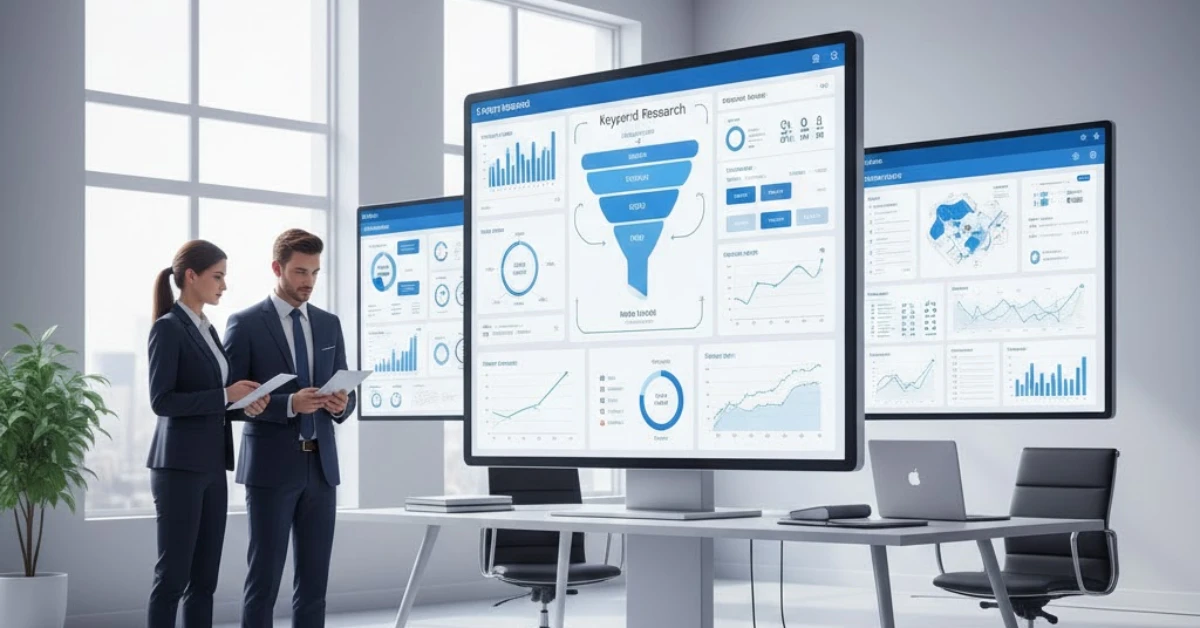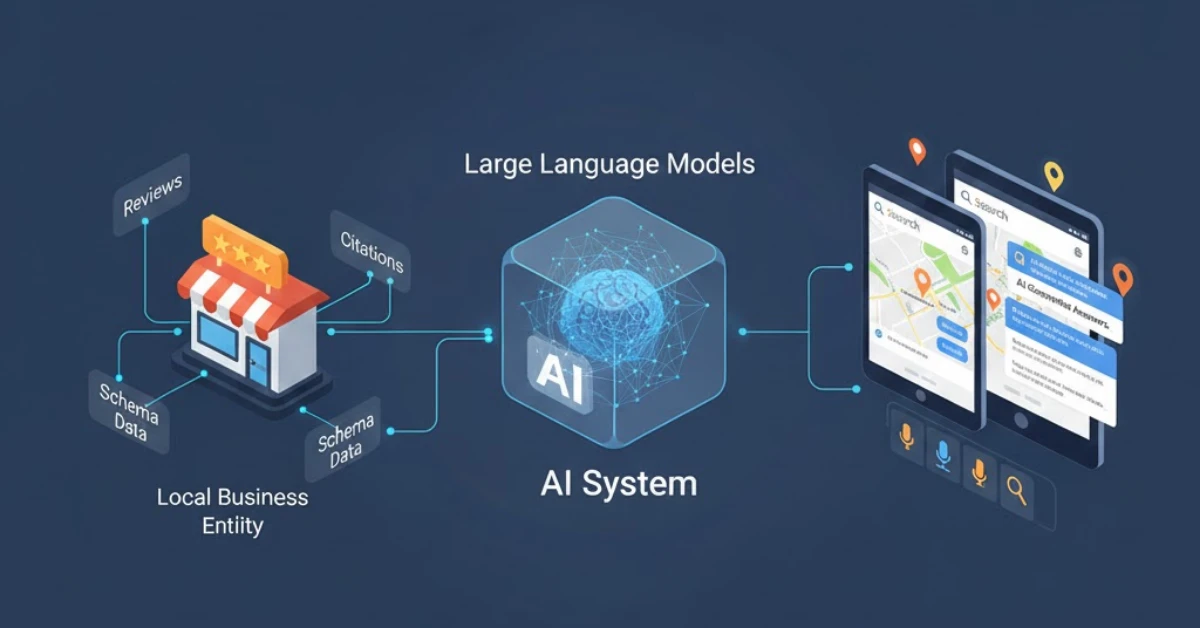Subscribe Now
Popular Feeds
6 Jan 2026

B2B Keyword Research with Right Tool
5 Jan 2026

LLM Local SEO: Evolving Best Practices
3 Jan 2026
Loading
MATSEOTOOLS brings everything you need in one place — from AI tools List, color Library, SEO analyzers, image processing, conversion utilities, text tools, and developer tools to ready-to-use AI prompts & informative blogs.
Convert binary numbers to decimal, hexadecimal, or octal formats easily. Fast, accurate, and free Binary Converter tool online.
Loading tool...
Do you ever need to quickly translate between the decimal system and the binary language of computers? Our reliable Binary Converter online tool is the perfect, free solution for instant conversion.
This powerful tool is essential for students, programmers, and anyone working with the foundational language of digital information. It makes complex conversions easy and accessible.
A binary converter is a utility that translates numbers between the base-10 (decimal) system we use every day and the base-2 (binary) system computers utilize. Binary uses only two digits, 0 and 1, to represent all data.
Understanding these conversions is key in computer science. Our tool simplifies the process, whether you are trying to understand how computers store data or debug code.
Using our free converter is straightforward, providing fast and accurate results. Here are the main ways you can use this expert utility:
For example, converting the decimal number 17 to binary yields 10001. Conversely, the binary number 100101 converts to 37 in decimal form. Our converter handles these calculations flawlessly.
When you choose our online converter, you gain several advantages:
The tool uses established mathematical formulas—like multiplying each binary digit by the corresponding power of 2 (2^n)—to ensure every conversion is precise.
Forget tedious manual calculations. Get an instant conversion with just a few clicks, saving valuable time.
As a free, browser-based tool, it requires no downloads or installations. Access it anytime, anywhere.
Ready to see how easy number system translation can be? Start converting today and unlock a deeper understanding of digital systems!
Quickly browse through various color code models — click below to view and copy swatch-ready color codes instantly.
MATSEOTOOLS brings everything you need in one place — from AI tools List, color Library, SEO analyzers, image processing, conversion utilities, text tools, and developer tools to ready-to-use AI prompts & infomative blogs. Save time, boost creativity, and get work done faster than ever.

Fast, lightweight, and delightful utilities for everyday work.
Explore curated prompts that help you think less and create more — faster, smarter, and effortlessly. Discover ideas instantly, stay focused on what matters, and let creativity flow without the guesswork.
 News & Blog
News & Blog